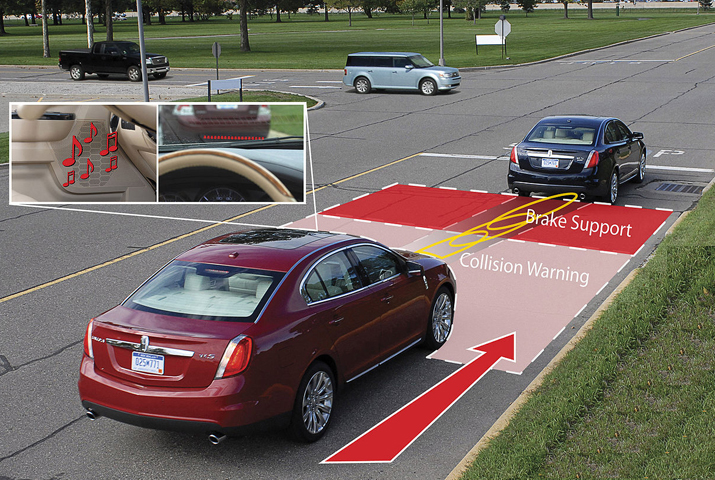A recommendation from federal agency suggests the use of collision-avoidance technology to be made a standard on all vehicles
While driving a car, the biggest risk to life is the carelessness of your own or some other driver, resulting in a collision, claiming the precious human life. Car manufacturers are exerting a lot of efforts and spending a fortune to make future cars as safe as possible, one step towards this effort is the autonomous cars. Most of the future cars are featuring modern technologies to avoid casualties at most. The chances of defensive driving to GT a boost are really bright if the National Transportation Safety Board (NTSB) make it a standard on all vehicles.
How it’s going to be?
The federal agency has recommended collision-avoidance technology to be set as a standard on all future vehicles so thousands of lives can be saved each year. Around 1,700 lives are lost every year in rear-end collisions, the agency pointed out in its 60-page report, furthermore, around a million get injured.
If this technology is used, more than 80 percent of these fatalities could be avoided. This technology will divert the vehicle to a safe direction, avoiding the collision or dangerous situations. To keep the passengers and driver safe, some of these systems will drive the car away from the point of impact or apply automatic brakes.
Why haven’t they done it earlier?
Specialised teams had been working on these systems for the past two decades, across the industry, the continuous debates had prevented their standardization and implementation. The Alliance of Automobile Manufacturers suggests that drivers should be given the liberty to choose safety features of their choice.
Few years back, same sort of arguments had been applied to airbags and seat belts, both of these are now recognised as standard among all cars.
Conclusion
According to Christopher Hart, the NTSB chairman, no one has to pay extra for airbag or seat belt, so it definitely would not be a problem to implement other safety features, that would not cost you extra.
These safety technologies are becoming progressively advanced, so their use in vehicles will save numerous human lives.




